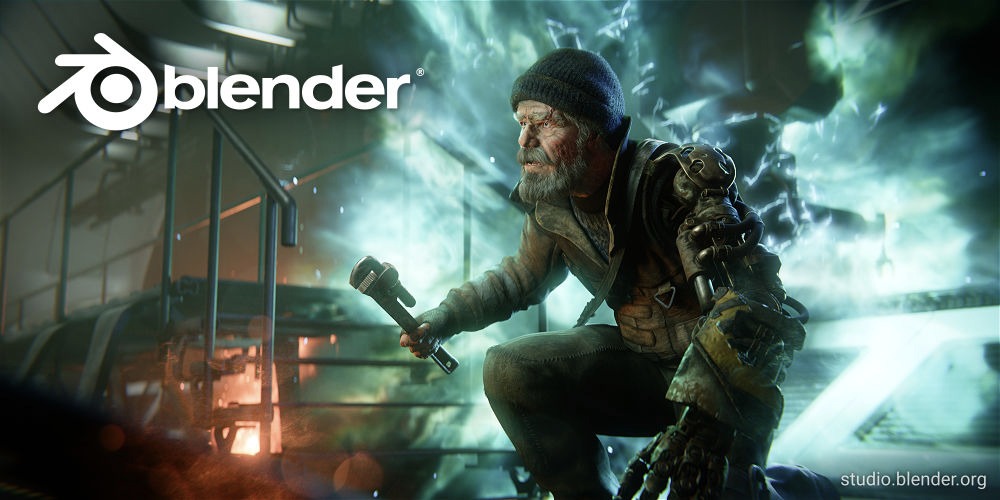Blender is considered better for VFX (Visual Effects) because it is a powerful, open-source 3D creation software that offers a wide range of features and tools for creating high-quality VFX. It has a robust node-based compositing system, advanced physics simulation capabilities, and a wide range of built-in and third-party add-ons that can be used to enhance its functionality. Additionally, Blender is free to use, which means that VFX artists can use it without incurring any costs. This makes it an accessible and cost-effective option for VFX professionals, students, and hobbyists.
Blender has a variety of built-in visual effects (VFX) features, including:
Particle systems: for creating things like smoke, fire, and hair.
Fluid simulation: for creating realistic water and fluid effects.
Cloth simulation: for simulating the movement and behavior of cloth and fabrics.
Rigid body simulation: for simulating the movement and collision of rigid objects.
Soft body simulation: for simulating the movement and deformation of soft, flexible materials.
Smoke simulation: for creating realistic smoke and fog effects.
Sculpting: for creating detailed, organic shapes and textures.
Compositing: for combining multiple images or video layers together and applying visual effects.
Blender is a relatively lightweight software when compared to other 3D creation software, which means that it does not require a high-end computer to run efficiently. It can run on a wide range of hardware, from entry-level laptops to high-end workstations. However, the performance of Blender may depend on the complexity of the scene, the number of objects, the number of lights, and the number of textures and materials.
It is recommended to have a computer with a 64-bit operating system, at least 8GB of RAM, and a dedicated GPU with at least 4GB of VRAM. This should be enough to handle most VFX projects, but for more complex projects, you may need a more powerful computer with a higher-end GPU and more RAM.
Additionally, Blender has a feature called ‘Cycles’ which is a GPU-accelerated renderer that can use the power of your graphics card to speed up rendering times. This can be a great way to boost performance, especially when working with complex scenes or animations.
Blender has a large and active community which means that there is a wealth of tutorials, resources, and support available to users.

